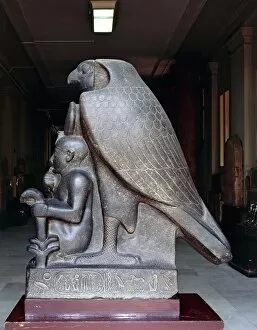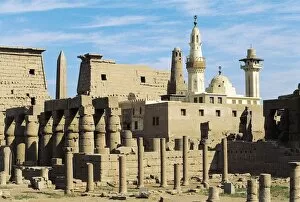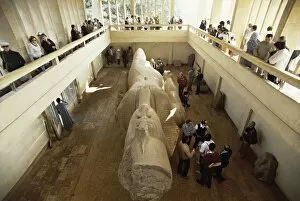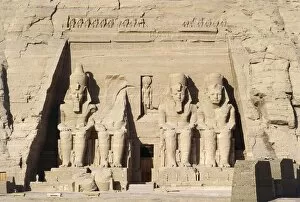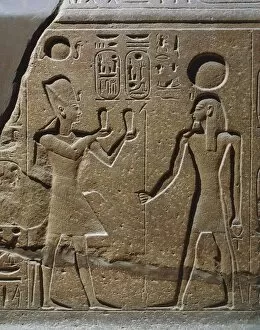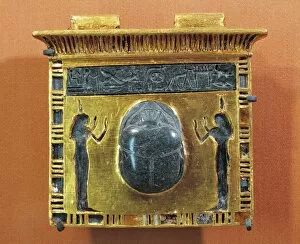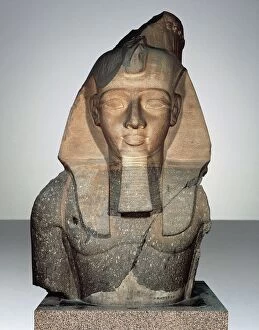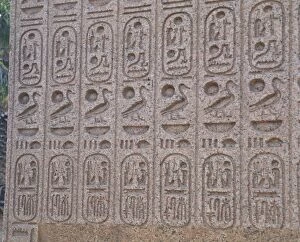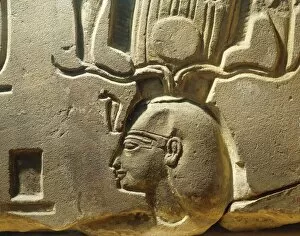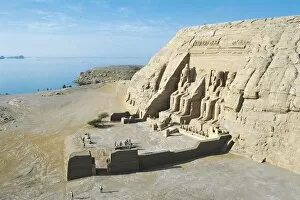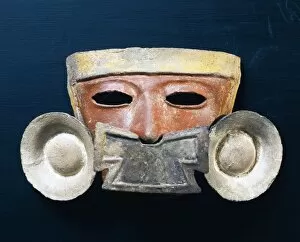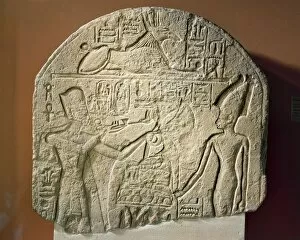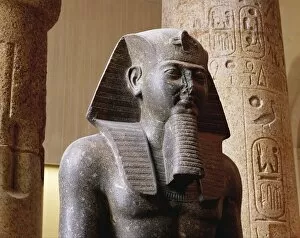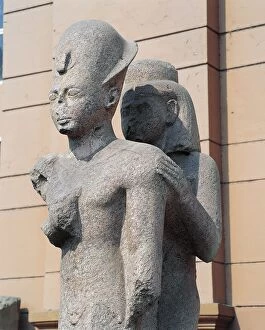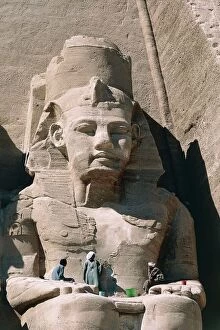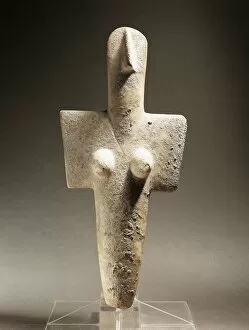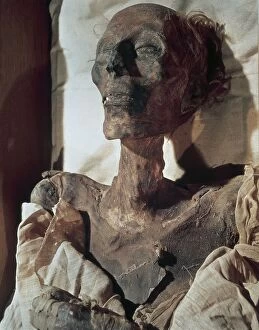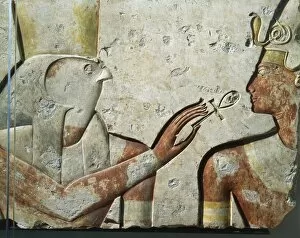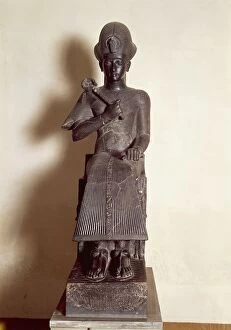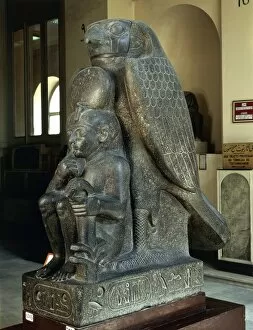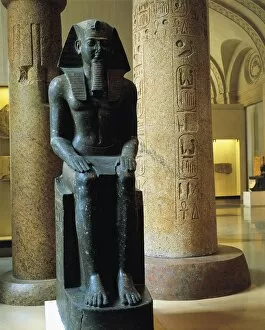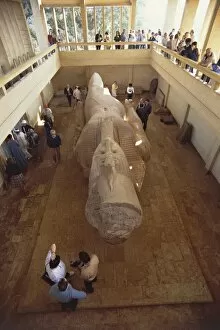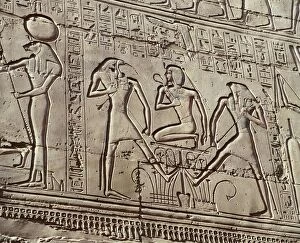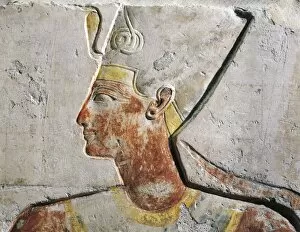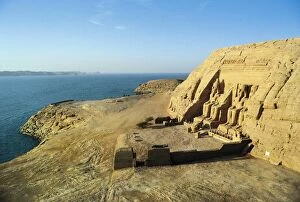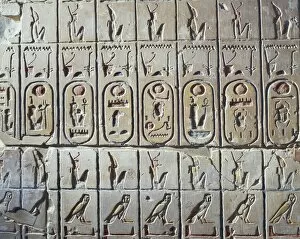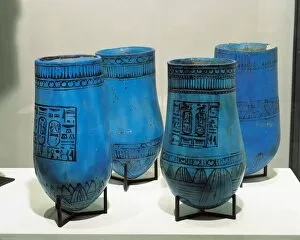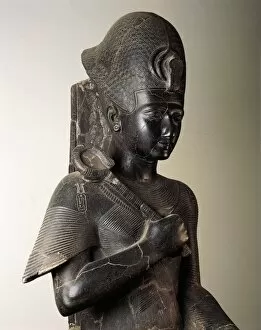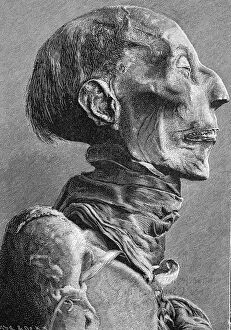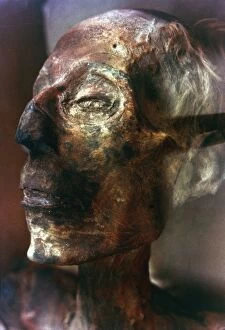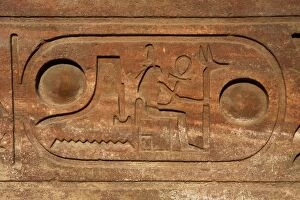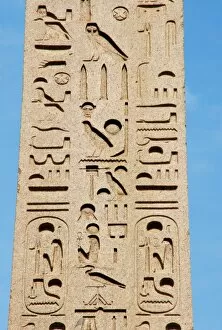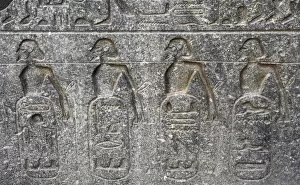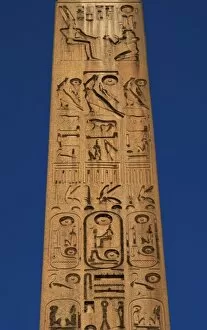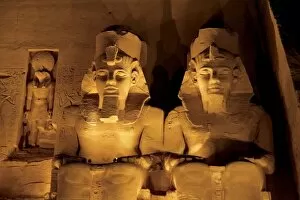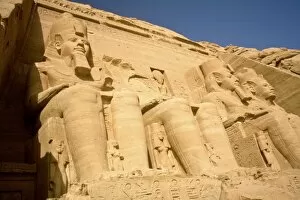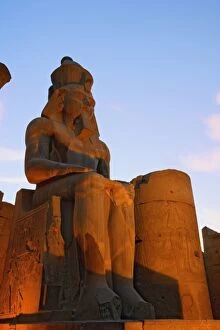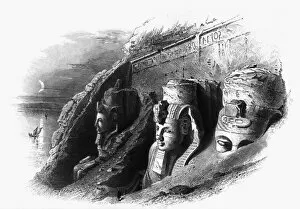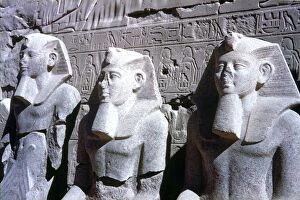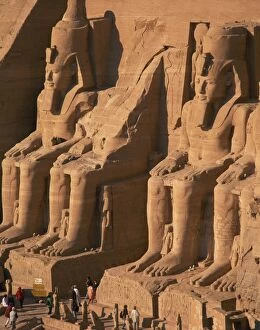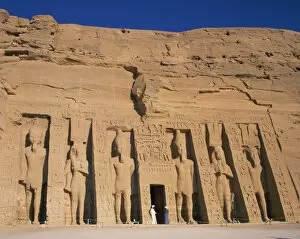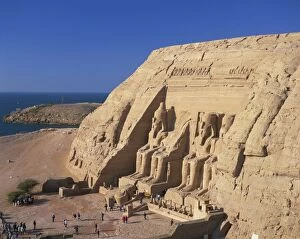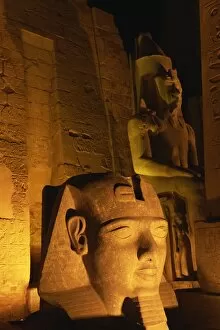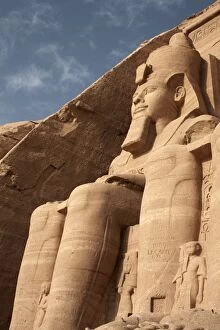Ramses Ii Collection (page 8)
Discover the majestic legacy of Ramses II, the great pharaoh who left an indelible mark on ancient Egypt
For sale as Licensed Images
Choose your image, Select your licence and Download the media
Discover the majestic legacy of Ramses II, the great pharaoh who left an indelible mark on ancient Egypt. Marvel at the grandeur of his statue seated proudly in the Court of Ramses II, within Luxor Temple in Thebes, a UNESCO World Heritage site. Immerse yourself in history as you stand before the awe-inspiring Temple of Re-Herakhte, also known as the Sun or Great Temple of Ramses II, nestled in Abu Simbel's breathtaking landscape – another UNESCO gem located in Nubia. As night falls over Abu Simbel, witness the enchanting beauty of the Temple of Ramesses II illuminated against a starry backdrop. Step back in time and join Ramses II and his daughter Bant Anta as they grace the forecourt of Karnak temple with their presence. Admire their statues alongside an impressive obelisk that stands tall within Luxor Temple. Delve deeper into Ramses' reign by exploring artifacts like his double crown made from red and grey granite or marvel at his depiction as a standard bearer carved out of pink granite from Tanis, now housed at Cairo's Egyptian Museum. Encounter lifelike statues capturing every intricate detail during this golden era. End your journey at dusk amidst colossal statues guarding the entrance to Luxor's magnificent temple - a sight that truly encapsulates Ramses ll's enduring power and influence. Join us on this captivating expedition through time to unravel one man's extraordinary legacy.

